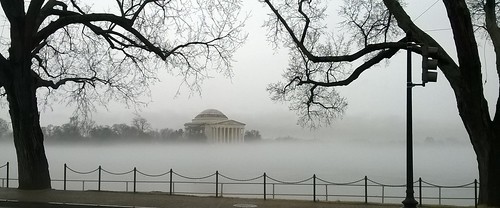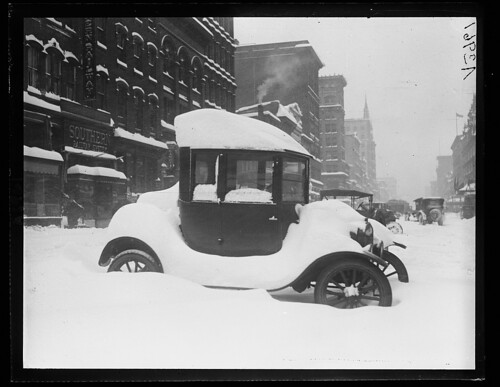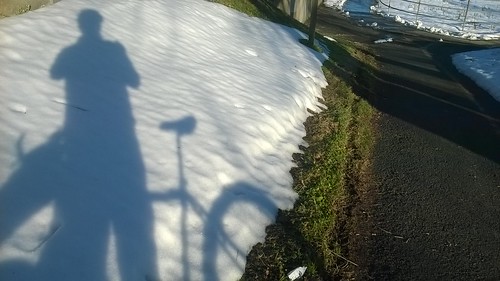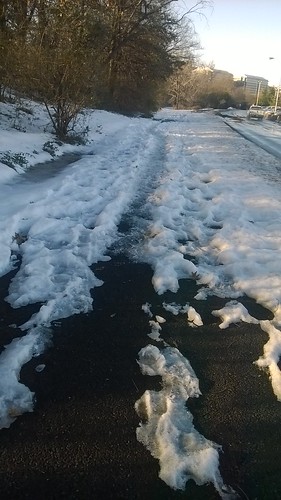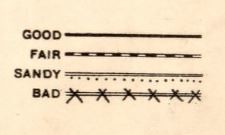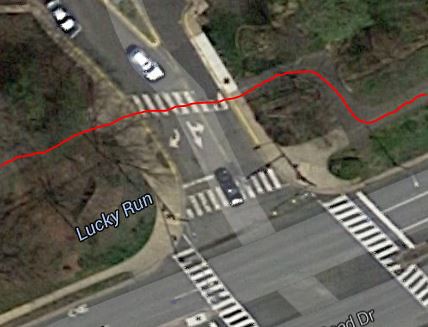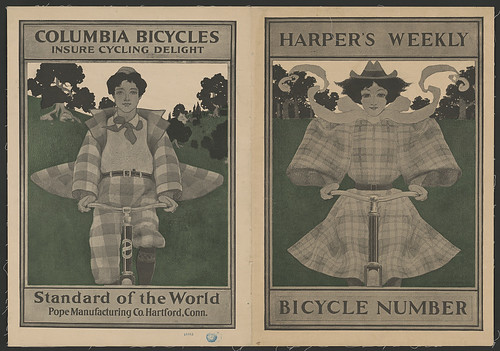
1896 Harpers Weekly "bicycle number" [issue] cover and ad
Title: Harper's Weekly, bicycle number
Creator(s): Parrish, Maxfield, 1870-1966, artist
Date Created/Published: Hartford : Pope Manufacturing Co., [1896].
Medium: 1 print : color ; sheet 41 x 58 cm (poster format)
Notes:
* Title from item.
* Back cover: Columbia bicycles insure cycling delight. Standard of the world.
* Images published in Harper's Weekly on April 11, 1896.
* Forms part of the Artist poster filing series (Library of Congress)
www.loc.gov/pictures/item/2015646421/
The image of the young woman on a bicycle was the cover for a special bicycle issue for Harpers Weekly for April 11, 1896. 1896 was the height of the "bicycle craze" of the 1890s. Unfortunately I can't find a full text issue of that issue online that isn't part of a commercial product. Hmmm.
The image of the young man on a bicycle to the left was an ad that was part of the special issue, for Columbia Bicycles.
I was able to determine the date of publication for the particular issue and asked that the information be added to this record in the LC system, which it was.
The bike shown on the cover of the issue is from the same angle and looks about the same as the one in the ad, but lacks the distinctive headbadge of a Columbia bicycle. Well, it is on the cover, not part of an ad. While what little is visible of the bikes is accurate looking, one wonders if Mr. Parrish ever rode a bike - it seems surprising to show riders with their thumbs not wrapped around the handlebars. But then if you weren't going to be pulling on handbrakes, maybe it would seem more natural to ride this way.
